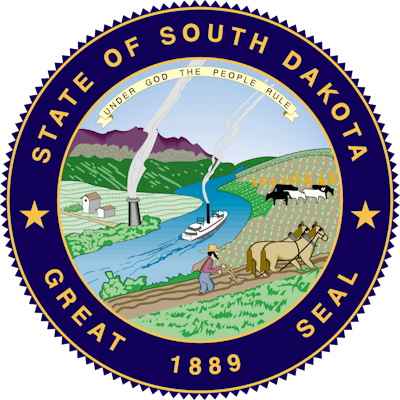AfE 2020 South Dakota

State of South Dakota
2020 GFOA Award for Excellence Winner


Download a summary of South Dakota's Best Practice Implementation
Download a summary of South Dakota's Best Practice implementation of its internal control framework
Internal Control Enviornment
Governments should demonstrate a commitment to the framework, assume responsibility for overseeing internal control, develop organization structures and accountability, commit to attracting and retaining competent employees, and hold individuals accountable.

